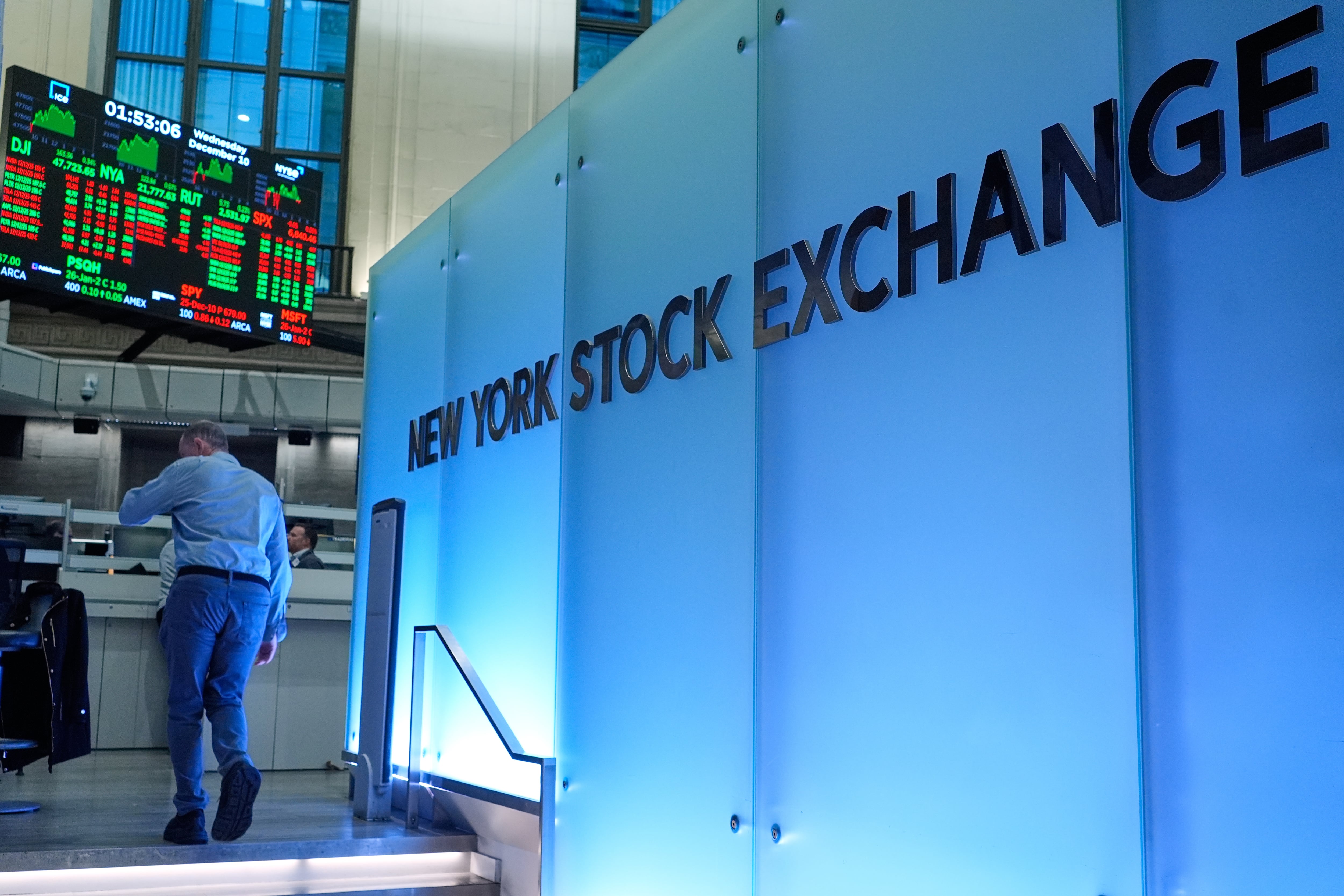The average rate on a 30-year U.S. mortgage slipped this week to its lowest level in 10 months, but remains close to where it’s been in recent weeks.
The long-term rate eased to 6.56% from 6.58% last week, mortgage buyer Freddie Mac said Thursday. A year ago, the rate averaged 6.35%.
Borrowing costs on 15-year fixed-rate mortgages, popular with homeowners refinancing their home loans, were unchanged from last week. The average rate held steady at 5.69%. A year ago, it was 5.51%, Freddie Mac said.
Elevated mortgage rates have added to a slump in the U.S. housing market that began in early 2022, when rates began climbing from pandemic lows.
For much of the year, the average rate on a 30-year mortgage has hovered relatively close to its 2025 high of just above 7%, set in mid-January. It’s has mostly trended lower six weeks in a row and is now at the lowest level since Oct. 24, when it averaged 6.54%.
The recent downward trend in mortgage rates bodes well for prospective homebuyers who have been held back by stubbornly high home financing costs. But it has yet to translate into a turnaround for home sales, which have remained sluggish this year after sinking in 2024 to their lowest level in nearly 30 years.
Economists generally expect the average rate on a 30-year mortgage to remain near the mid-6% range this year.
Mortgage rates are influenced by several factors, from the Federal Reserve’s interest rate policy decisions to bond market investors’ expectations for the economy and inflation.
The main barometer is the 10-year Treasury yield, which lenders use as a guide to pricing home loans. The yield was at 4.21% at midday Thursday, down from 4.24% late Wednesday.
The yield has been mostly easing since mid-July as bond traders weighed data on inflation, the job market and how the potential economic impact of the Trump administration’s tariffs may influence the Fed’s interest rate policy moves.
In a high-profile speech last week, Federal Reserve Chair Jerome Powell signaled the central bank may cut rates soon even as inflation risks remain elevated.
Powell noted that there are risks of both rising unemployment and stubbornly higher inflation, and suggested that with hiring sluggish, the job market could weaken further. That could warrant the Fed adjusting its “policy stance,” he said.
The central bank has so far been hesitant to cut interest rates out of fear that Trump’s tariffs could push inflation higher, but data showing hiring slowed last month have fueled speculation that the Fed will cut its main short-term interest rate next month.
The Fed doesn’t set mortgage rates. And while a Fed rate cut could give the job market and overall economy a boost, it could also fuel inflation. That could push bond yields higher, driving mortgage rates upward in turn.
“While the Fed is likely to cut interest rates at their September meeting, it is not at all certain that mortgage rates are going to come down,” said Lisa Sturtevant, chief economist at Bright MLS. “As a result, buyers and sellers are still going to be cautious and the market could remain gridlocked this fall.”
New data on contract signings suggest home sales could remain sluggish in the near term.
A seasonally adjusted index of pending U.S. home sales fell 0.4% in July from the previous month, the National Association of Realtors reported Thursday. Pending home sales rose 0.7% from July last year.
There’s usually a month or two lag between a contract signing and when the sale is finalized, which makes pending home sales a bellwether for future completed home sales.









